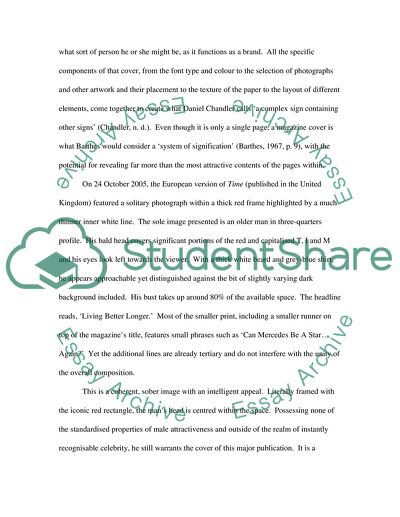Cite this document
(“Time and Heat: A Discussion of Two Distinct Magazine Covers Essay”, n.d.)
Time and Heat: A Discussion of Two Distinct Magazine Covers Essay. Retrieved from https://studentshare.org/journalism-communication/1535436-time-and-heat-a-discussion-of-two-distinct-magazine-covers
Time and Heat: A Discussion of Two Distinct Magazine Covers Essay. Retrieved from https://studentshare.org/journalism-communication/1535436-time-and-heat-a-discussion-of-two-distinct-magazine-covers
(Time and Heat: A Discussion of Two Distinct Magazine Covers Essay)
Time and Heat: A Discussion of Two Distinct Magazine Covers Essay. https://studentshare.org/journalism-communication/1535436-time-and-heat-a-discussion-of-two-distinct-magazine-covers.
Time and Heat: A Discussion of Two Distinct Magazine Covers Essay. https://studentshare.org/journalism-communication/1535436-time-and-heat-a-discussion-of-two-distinct-magazine-covers.
“Time and Heat: A Discussion of Two Distinct Magazine Covers Essay”, n.d. https://studentshare.org/journalism-communication/1535436-time-and-heat-a-discussion-of-two-distinct-magazine-covers.


